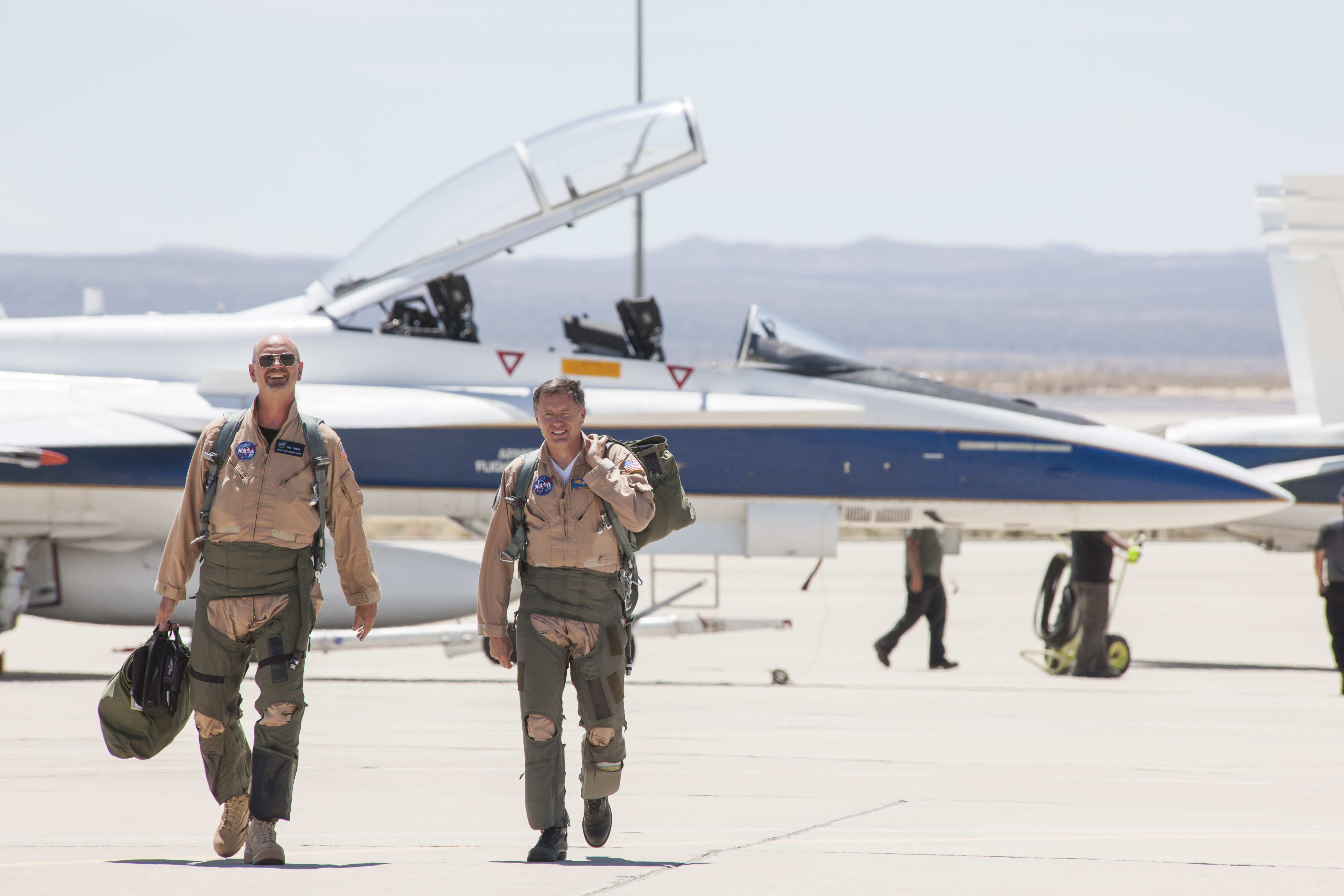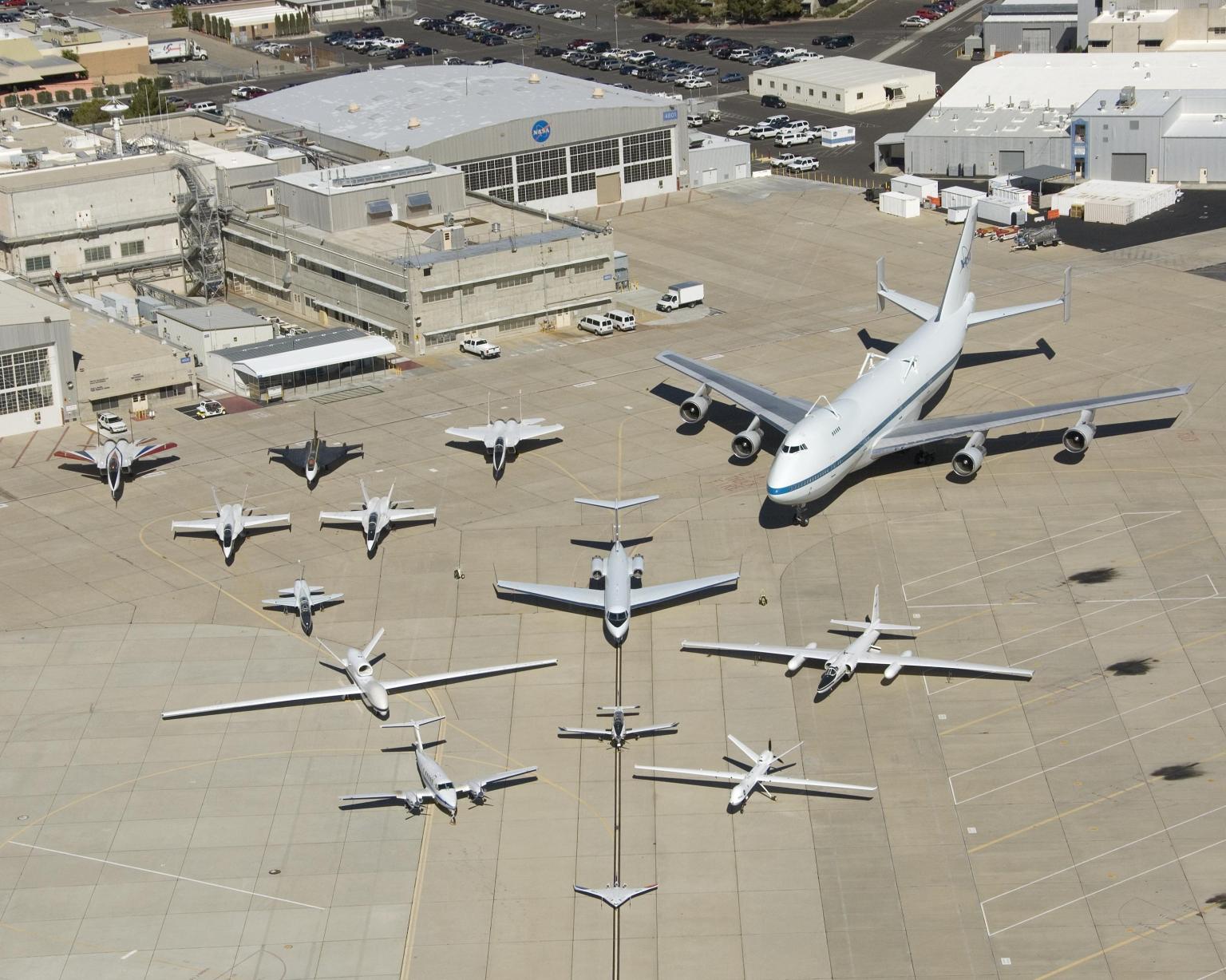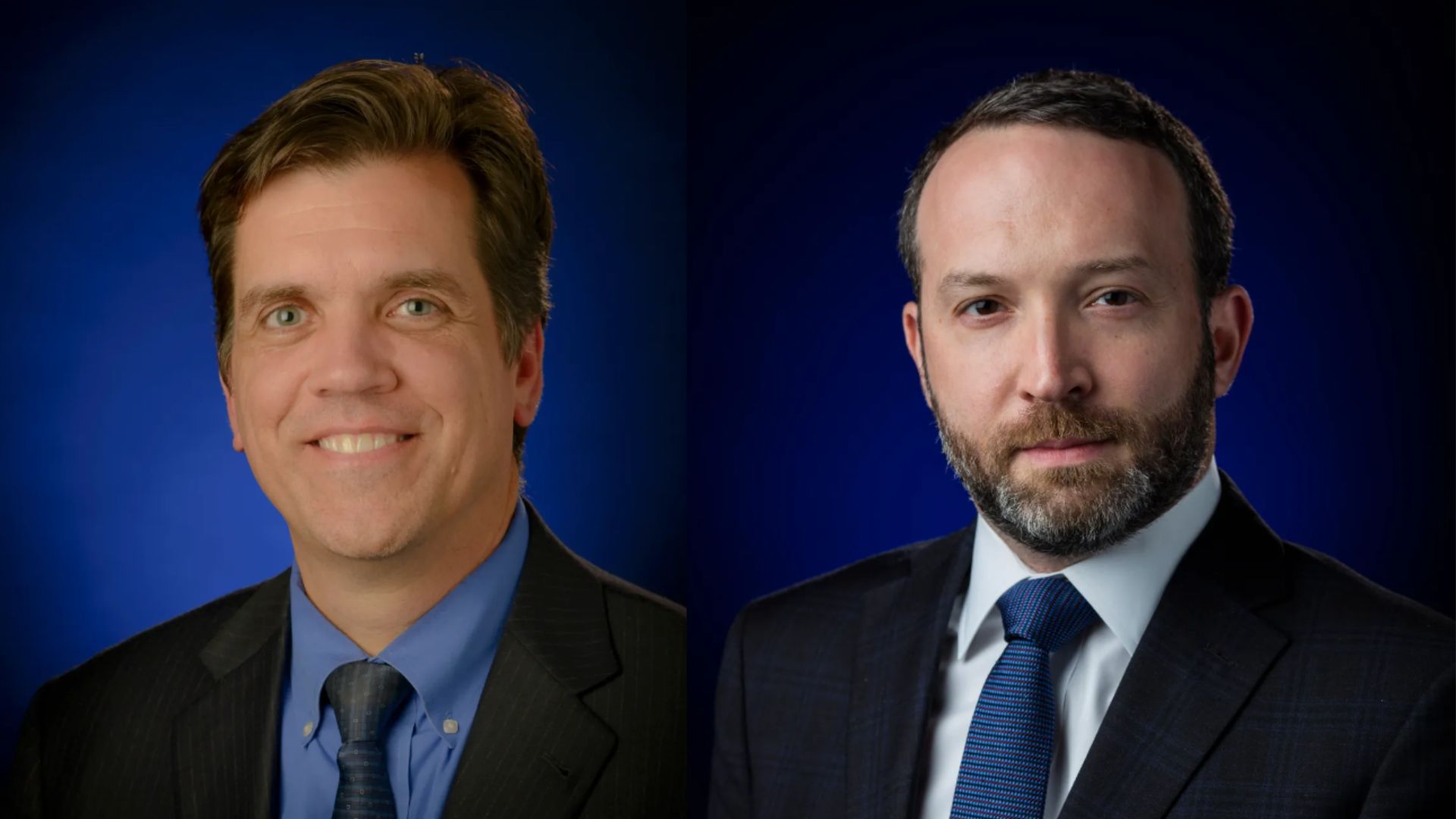NASA Pilots Add Perspective to Research
NASA research pilots are experts on how to achieve the right flight-test conditions for experiments and the tools needed for successful missions. It is that expertise that enables pilots to help researchers learn how an aircraft can fly their technology innovations and save time and money, while increasing the innovation’s readiness for use. NASA pilots […]

4 min read
Preparations for Next Moonwalk Simulations Underway (and Underwater)

NASA research pilots are experts on how to achieve the right flight-test conditions for experiments and the tools needed for successful missions. It is that expertise that enables pilots to help researchers learn how an aircraft can fly their technology innovations and save time and money, while increasing the innovation’s readiness for use.
NASA pilots detailed how they help researchers find the right fit for experiments that might not advance without proving that they work in flight as they do in modeling, simulation, and ground tests at the Ideas to Flight Workshop on Sept. 18 at NASA’s Armstrong Flight Research Center in Edwards, California. “Start the conversation early and make sure you have the right people in the conversation,” said Tim Krall, a NASA Armstrong flight operations engineer. “What we are doing better is making sure pilots are included earlier in a flight project to capitalize on their experience and knowledge.”
Flight research is often used to prove or refine computer models, try out new systems, or increase a technology’s readiness. Sometimes, pilots guide a research project involving experimental aircraft. For example, pilots play a pivotal role on the X-59 aircraft, which will fly faster than the speed of sound while generating a quiet thump, rather than a loud boom. In the future, NASA’s pilots with fly the X-59 over select U.S. communities to gather data about how people on the ground perceive sonic thumps. NASA will provide this information to regulators to potentially change regulations that currently prohibit commercial supersonic flight over land.

“We have been involved with X-59 aircraft requirements and design process from before it was an X-plane,” said Nils Larson, NASA chief X-59 aircraft pilot and senior advisor on flight research. “I was part of pre-formulation and formulation teams. I was also on the research studies and brought in NASA pilot Jim Less in for a second opinion. Because we had flown missions in the F-15 and F-18, we knew the kinds of systems, like autopilots, that we need to get the repeatability and accuracy for the data.”
NASA pilots’ experience can provide guidance to enable a wide range of flight experiments. A lot of times researchers have an idea of how to get the required flight data, but sometimes, Larson explains, while there are limits to what an aircraft can do – like flying the DC-8 upside down, there are maneuvers that given the right mitigations, training, and approval could simulate those conditions.
Less says he’s developed an approach to help focus researchers: “What do you guys really need? A lot of what we do is mundane, but anytime you go out and fly, there is some risk. We don’t want to take a risk if we are going after data that nobody needs, or it is not going to serve a purpose, or the quality won’t work.”

Sometimes, a remotely piloted aircraft can provide an advantage to achieve NASA’s research priorities, said Justin Hall, NASA Armstrong’s subscale aircraft laboratory chief pilot. “We can do things quicker, at a lower cost, and the subscale lab offers unique opportunities. Sometimes an engineer comes in with an idea and we can help design and integrate experiments, or we can even build an aircraft and pilot it.”
Most research flights are straight and level like driving a car on the highway. But there are exceptions. “The more interesting flights require a maneuver to get the data the researcher is looking for,” Less said. “We mounted a pod to an F/A-18 with the landing radar that was going to Mars and they wanted to simulate Martian reentry using the airplane. We went up high and dove straight at the ground.”
Another F/A-18 experiment tested the flight control software for the Space Launch System rocket for the Artemis missions. “A rocket takes off vertically and it has to pitch over 90 degrees,” Less explained. “We can’t quite do that in an F-18, but we could start at about a 45-degree angle and then push 45 degrees nose low to simulate the whole turn. That’s one of the fun parts of the job, trying to figure out how to get the data you want with the tools we have.”
Share
Related Terms
What's Your Reaction?



















.jpg?#)







































